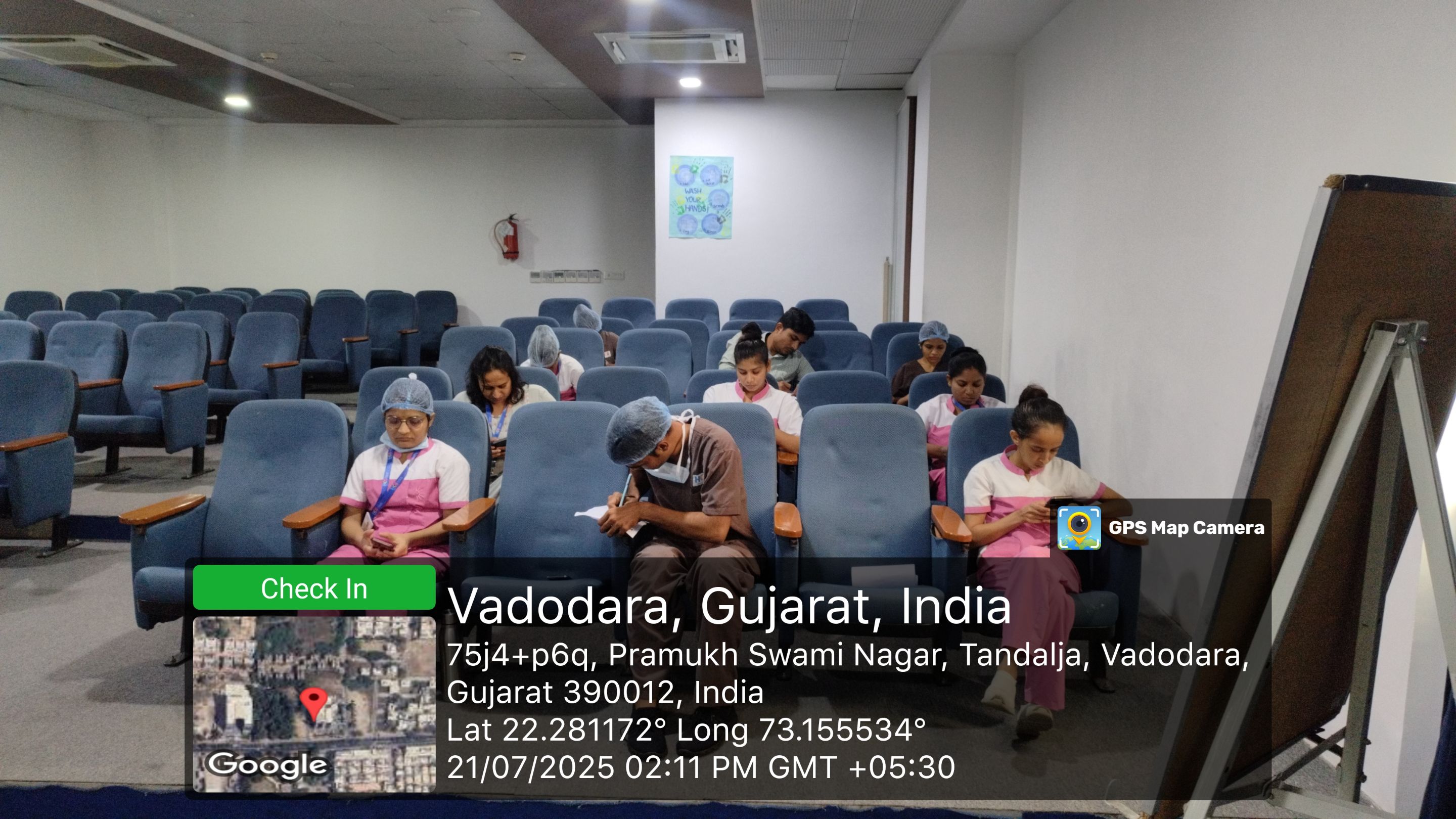Greetings of the day,
CAUTI is one of the most common and serious infection hospital-acquired infections. When a patient is inserted acatheter for urine excretion and it remains in thebody for a long time, then the bacteria can enter the urinary tract through that catheter. These bacteria can spread infection by retobladder, urine, even the kidney. The patient may have severe symptoms such as high fever, urination irritation, back pain, confusion or sometimes sepsis. This infection is often seen in patients who are admitted to ICU, medical or surgical wards for a long time.

Cauti not only increases the patient's disease, but also extinguish the hospitalized period. Its treatment requires more antibiotics, which also increases the riskof resistance. Many times this infection can also be fatal, especially in patients with elderly or weak immunity. Putting a cathetereach timeis an invasive process, and if the aseptic technique is not followed properly, it can become the way ofinfection. In addition, tubing leading to the urine bag via Catheter can also become a carrier of the infection, especially when it is touched without cleaning hands, or hanging the bag properly and not by hanging the gravity drainage.

Cauti can be prevented if we evaluate beforeapplying Catheter whether it is really necessary. Cleanliness and adjacent to adoption of aseptic technique should be mandatory every time during Catheter Insertion and Maintenance. Catheter should be removed as soon as possible and should check dailywhether Catheter is still needed. Also, Urinary Drainage Bag shouldalways be kept below the level of thebladderand should not touch tubing without cleaning hands. This infection can be prevented to a great extent by followinghand hygiene, close drainage systems and strict protocol.

Today I kept a small educational session to give information related to CAUTI to all the staff nurses of the ward. I explained to them when the Catheter is necessary and how can the infection spread from unnecessary Catheter. The correct process of putting and removing them, the importance of hand hygiene, and the importance of daily assessment. Together we discussed the Catheter Care Checklist and also repeated Catheter Maintenance Steps from one Nurse. At the end of the session, I asked small questions and tested their understanding and encouraged them to take this responsibility of infection prevention seriously to protect the patients. Everyone paid attention very well and asked questions, which felt that the staff is aware and cautious about this subject.
#
THANK YOU
|
All Images clicked by @alfazmalek02
|
|-|
|English is not my first language. So sometimes I use 'Google Translate'. Please don't think that anything I have written in this blog has been copied from somewhere or is AI-generated.|
|-|
---

Preventing CAUTI in Clinical Settings: A Practical Guide and On-ground Nursing Training Experience
@alfazmalek02
· 2025-07-21 17:39
· StemSocial
#hive-196387
#science
#india
#education
#neoxian
#waivio
#health
#lifestyle
#hivediary
#dailyblog
Payout: 0.000 HBD
Votes: 232
More interactions (upvote, reblog, reply) coming soon.